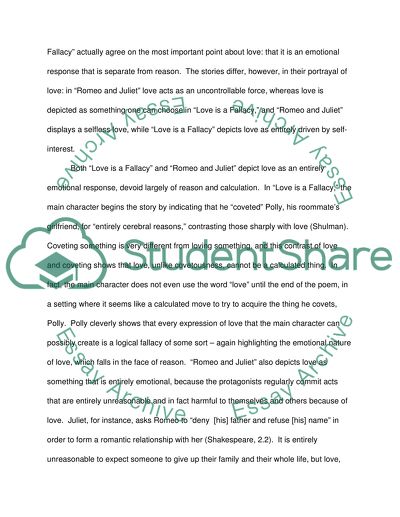Cite this document
(“The Emotional Nature of Love in Love is a Fallacy and Romeo and Juliet Essay”, n.d.)
Retrieved from https://studentshare.org/english/1444108-the-emotional-nature-of-love-in-love-is-a-fallacy-and-romeo-and-juliet
Retrieved from https://studentshare.org/english/1444108-the-emotional-nature-of-love-in-love-is-a-fallacy-and-romeo-and-juliet
(The Emotional Nature of Love in Love Is a Fallacy and Romeo and Juliet Essay)
https://studentshare.org/english/1444108-the-emotional-nature-of-love-in-love-is-a-fallacy-and-romeo-and-juliet.
https://studentshare.org/english/1444108-the-emotional-nature-of-love-in-love-is-a-fallacy-and-romeo-and-juliet.
“The Emotional Nature of Love in Love Is a Fallacy and Romeo and Juliet Essay”, n.d. https://studentshare.org/english/1444108-the-emotional-nature-of-love-in-love-is-a-fallacy-and-romeo-and-juliet.


